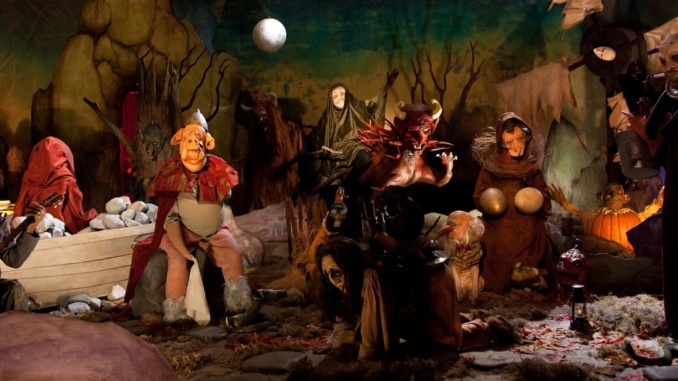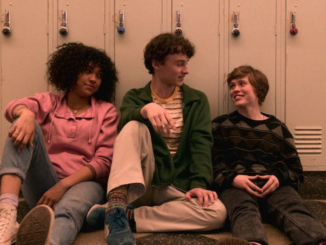
By Megan Sullivan
Assistant Circulation Editor
Psychopomp is term that originated in Ancient Greece used to describe beings that guide people from one place to another, such as between life and death. Similarly, the “Psychopomp” exhibit leaves viewers ready to be led to the next thing due to its underwhelming pieces and nonsensical themes.
“Psychopomp” is Loyola Marymount University’s newest art exhibit that focuses on integrating modern works with ideas from Greek mythology. It features a broad variety of different pieces, however fails to impress viewers due to its lack of organization, confusing works and complicated theme.
The exhibit attempts to showcase modern psychopomps as well as reference ones from ancient mythology and literature. In order to do this, artists created modern pieces that represent what items moved them from one place to another in their personal lives.
The exhibit features works from 13 different artists including Mowry Baden, Michael Carter, Nick Rodrigues and Marnie Weber. The beginning of the exhibit displays books of ancient mythology like Dante’s “Inferno,” so that the viewer is immediately introduced to the idea of psychopomps.
“Psychopomp” includes an array of different medias including paintings, drawings, sculptures and film, which makes each piece unique to each artist. Although the variety of work keep the exhibit interesting, it greatly diminishes the overall experience of the exhibit because each piece is vastly different from the others, creating the impression that there are no ties between the works.
In addition to the variety of mediums, many of the pieces are nonsensical or extremely hard to interpret. For example, one work by Baden is a large metal beam hanging from the ceiling. The piece includes no description of what it means, nor how it relates to the idea of psychopomps. This makes the exhibit feel like a random collection of pieces instead of a unified gallery.
The first thing the viewer sees in the gallery is a large description of modern psychopomps, making the purpose of the exhibit blatant. However none of the pieces seem to contribute to this theme, so instead of enjoying the exhibit, the viewer spends the entire time trying to understand the pieces.
The layout of the exhibit is also very awkward. Most of the walls are empty and there appears to be no organization to the way the pieces were displayed. “Media Burns” by Rodrigues consists of a projected fire surrounded by rocks and camp supplies. It makes up the majority of the exhibit’s floor space, forcing viewers to stand in the structure while observing the other pieces, which increases the discomfort of the exhibit.
“Psychopomp” is underwhelming, awkward and extremely difficult to understand. Although some of the pieces are intriguing on their own, the attempts at creating a unified theme completely discredits those works. The viewer spends the majority of the time in the exhibit trying to make sense of the disjointed theme, which ultimately makes “Psychopomp” a waste of time.
“Psychopomp” opened on Jan. 21 and will continue until March 19. It is at the Laband Art Gallery at Loyola Marymount University located at 7900 Loyola Blvd. Admission is free.




Leave a Reply